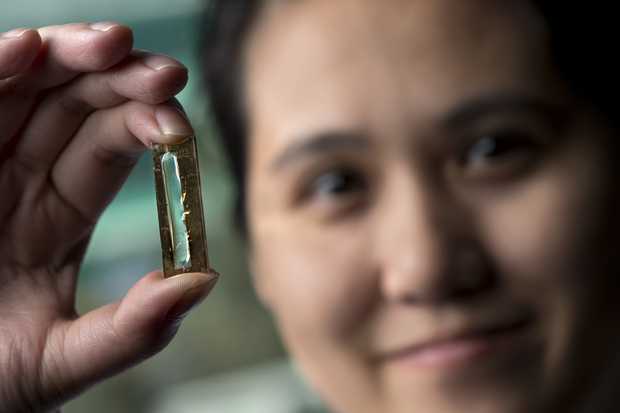Researchers say that the material [nanowires] are used in the batteries which are thousand times thinner than a human hair and is very conductive. It also has a large surface area to support the storage and transfer of electrons. Nanowires are very brittle and don’t normally hold up well to continued discharging and recharging or cycling. They enlarge and become brittle in a typical lithium ion battery, however Le Thai’s team fixed this by plating a gold nanowire in a manganese dioxide shell and then putting it in a Plexiglas like gel in order to enhance its reliability. However, this all happened accidentally. If successful and cheaper, this technology could be used to create batteries that will last forever and could be used in smartphones, laptops, tablets and in various battery operated devices. Chairman of UCI’s chemistry department, Richard Penner said “Mya was playing around and she coated this whole thing with a very thin gel layer and started to cycle it”. “She discovered that just by using this gel she could cycle it hundreds of thousands of times without losing any capacity. That was crazy, because these things typically die in dramatic fashion after 5,000 or 6,000 or 7,000 cycles at most.” The battery developed at UCI was tested more than 200,000 times in a duration of three months, researchers claimed that there was no loss power neither capacity. “The coated electrode holds its shape much better, making it a more reliable option,” Thai said. “This research proves that a nanowire-based battery electrode can have a long lifetime and that we can make these kinds of batteries a reality.” Moreover, this everlasting battery technology could be also used for commercial purposes like in cars, spacecraft and machines.
Δ



